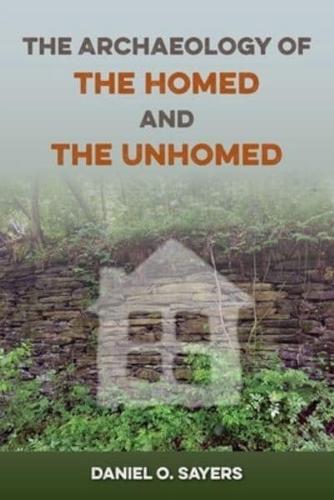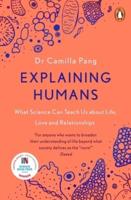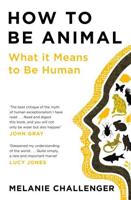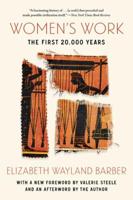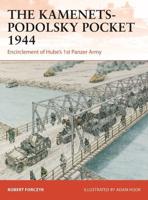Publisher's Synopsis
The first comprehensive discussion of the historical archaeology of homelessness.
In a time when the idea of home has become central to living the American dream, The Archaeology of the Homed and the Unhomed brings to the forefront the concept of homelessness. The book points out that homelessness remains underexplored in historical archaeology, a fact which may reflect societal biases and marginalization, and it provides the field's first comprehensive discussion of the subject.
Daniel Sayers argues that the unhomed and the home have been inherently interconnected in the real world across the past several centuries. Sayers builds a conceptual model that focuses on this dynamic and uses it to generate new insights into pre-Civil War communities of Maroons and Indigenous Americans, Great Depression-era hobo communities, and Midwest farmsteads. In doing so, he highlights the social complexities, ambiguities, and significance of the home and the unhomed in the archaeological record. Using a variety of data sources including documentary records and material culture and drawing on extensive fieldwork, Sayers illuminates how homelessness can be created, reproduced, and disparaged by the dominant culture.
The book also emphasizes the importance of applied archaeology. Through these studies, Sayers contends that activist archaeologists have a role-and responsibility-to share their knowledge to help policy makers and stakeholders understand the unhomed, homelessness, and the American experience in this area.
A volume in the series the American Experience in Archaeological Perspective, edited by Michael S. Nassaney and Krysta Ryzewski.
